This is a practical guide on how to teach English lessons at home, with lots of tips, activity ideas, and free literacy printables.
How to do English lessons at home: tips, activities and free printables
Watch our Guide to How to Start Homeschooling
Click play on the video above to see our guide to how to start homeschooling. You’ll see the four steps you need to help you get started with homeschooling.
You’ll also find out about homeschool requirements and homeschool laws, and where to get ready-made lesson plans for homeschooling. Subscribe to NurtureStore’s YouTube channel to get more homeschooling videos!
If you’re new to homeschooling or learning from home for a while and want to cover literacy activities, this guide will help you get organised, make a plan, and enjoy teaching your child.
The first thing to remember is that learning at home is very different to school. Even if you are an experienced classroom teacher, your relationship to your children at home as a parent is different to a teacher/pupil relationship.
If you find yourself home educating unexpectedly, remember: you don’t have to do everything at once.
Take time to settle into your new roles. It’s going to be fine.
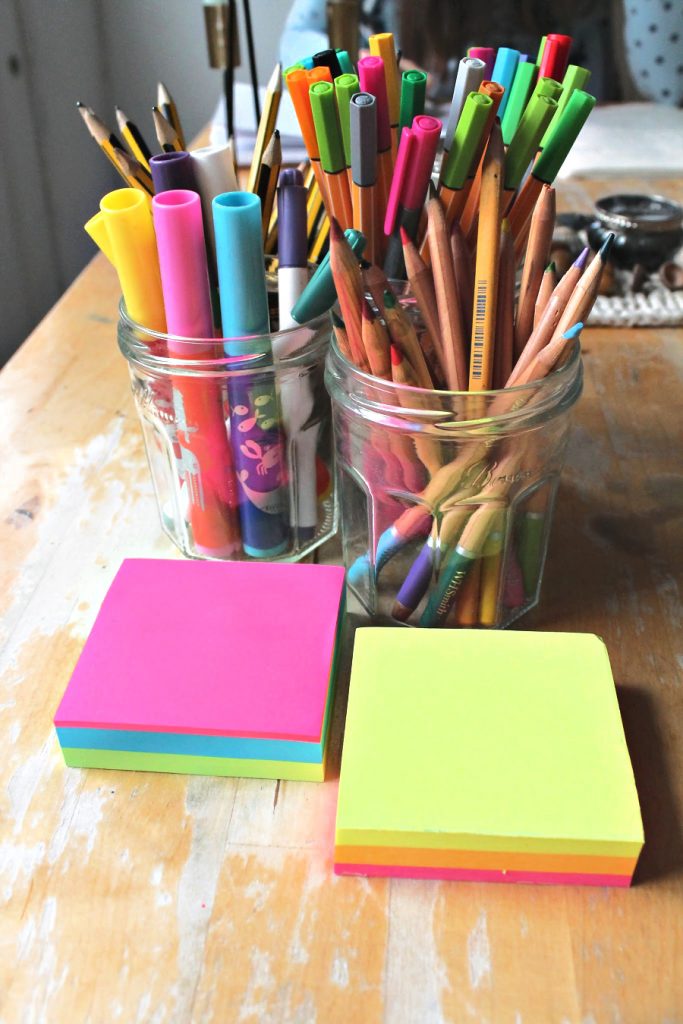
Teaching literacy at home
Literacy lessons are all about communicating well.
As a parent, you’re already teaching your children literacy with every conversation you have and every bedtime story you read.
You don’t need to come up with a detailed timetable of structured grammar lessons and spelling tests.
Literacy lessons at home are going to be fun!
You don’t need to do any formal English lessons: you can just make your days language-rich using these tips. If your children love structured lessons though, and especially if they thrive on routine, you can include them and you’ll find lots of helpful free printables below.
Here are my five keys ways to teach English at home.
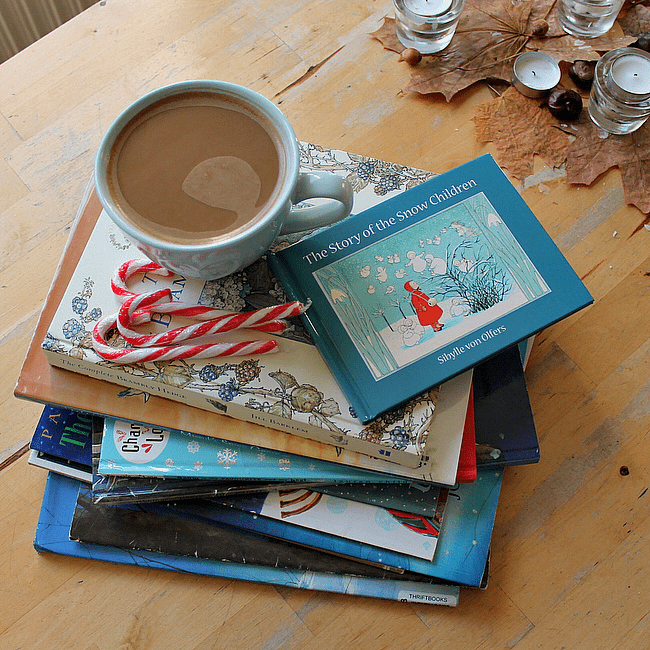
Stories, stories, stories
Reading and listening to stories is vital. This includes:
:: spoken fairy tales and making up your own stories
:: reading a book together and reading alone
:: having older siblings read to younger ones and vice versa
:: bedtime stories
:: reading comics and graphic novels
:: audiobooks and watching authors read their books online
:: watching a good film or TV programme
:: narrating what’s happening as you play with toys
:: fiction and non-fiction sources
Set up a book box or book nook and work out a way that fits into your routine to share a story every day.
Now would be a great time to set up a book club. You can do this within your family or with friends, and you can meet in real-life or online. Read this quick guide to setting up a book club which includes a set of discussion questions you can use with any book.

Teaching literacy through play
When children are playing they are really boosting their language skills as they have conversations with each other and toys, negotiate, ask questions, use vocabulary and express their thoughts.
Here are some simple set-ups you can use to create play opportunities that are full of language.
:: use sensory play times to get conversations going about what you can see, smell, touch, hear and maybe even taste. Click here to download a complete guide to sensory play.
:: set up a small world to get your children’s imagination going. You could use my Goldilocks printable.
:: use the books you are reading as springboard into playing
:: set up simple role play and dressing up opportunities to get your children in character and talking
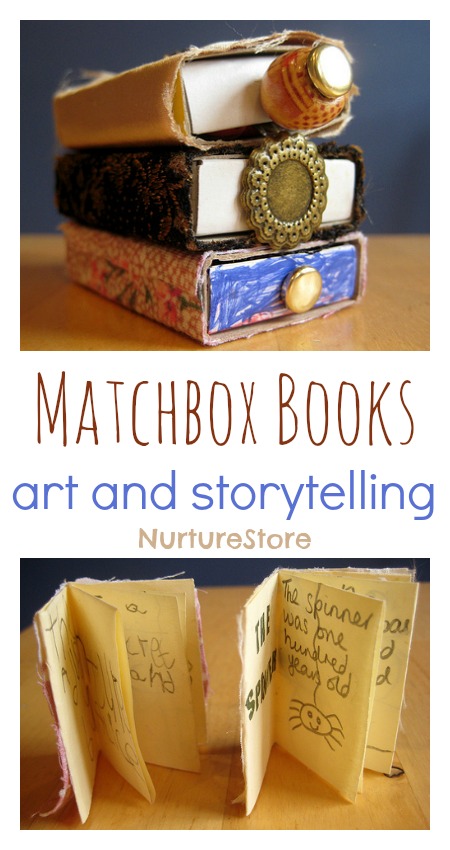
Teaching literacy through art
Art lessons are a brilliant way to get children talking about ideas and their thoughts, and are a great way to get crafty kids developing language and writing. Try these ideas:
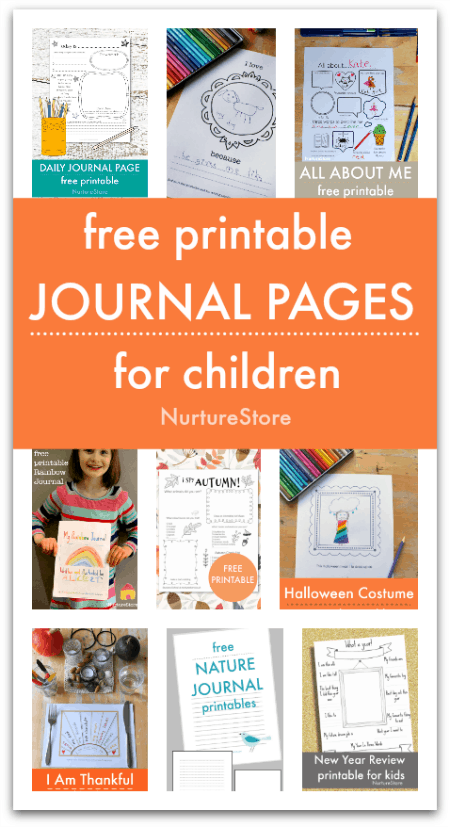
Journal writing
Set up a writing station for your children, stocked with paper and pens, so they can draw, scribble and write when they want to. Use these tips to make writing irresistible.
Get into the practice of writing a daily or weekly journal using my free printables. Click here to see all my free journal page printables and my tips on getting started.

Free literacy printables
If you want to do some more structured literacy lessons they can still be creative and playful. Sign up to my emails to get access to my Free Printables Library and try some of these ideas:
Letters: first letter sounds
Letters: beginning sounds wheels
Letters: digraphs (gr, sh, ch…)
Letters: feed the monster game
Spellings: rainbow writing
Spellings: say, write, make
Spellings: colours
Spellings: days of the week


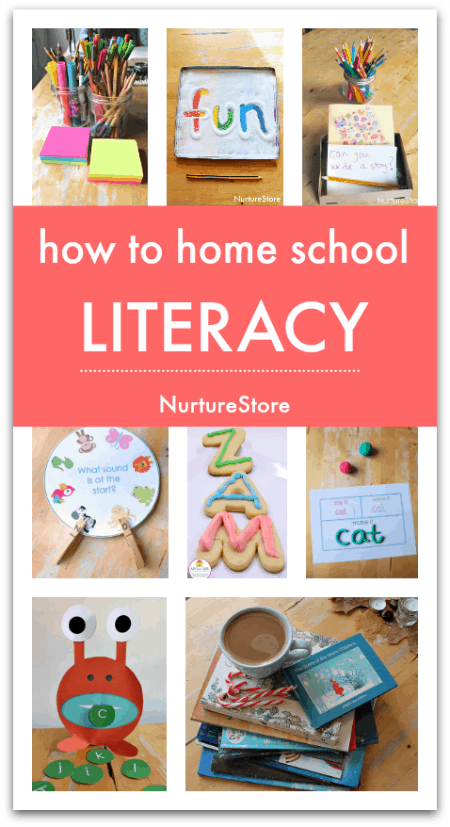

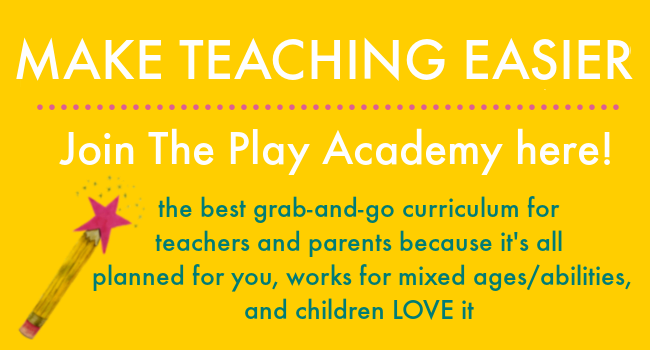
This is so helpful to me for my SPED parents who are now shouldering much more at home. I am asking for permission to copy and use your bullet points about schedules and teaching reading at home for my 8 parents. I would, of course quote you and provide a link to these pages on your site. My concern is that my parents have enough right now to do with children and technology to add another site for them to their plates. Either way, blessings to you and be well.
Hi Mary. Yes, you’re welcome to quote a section with credit and a link to the original article. Thank you for taking care of your families. Best wishes to you too. Cathy